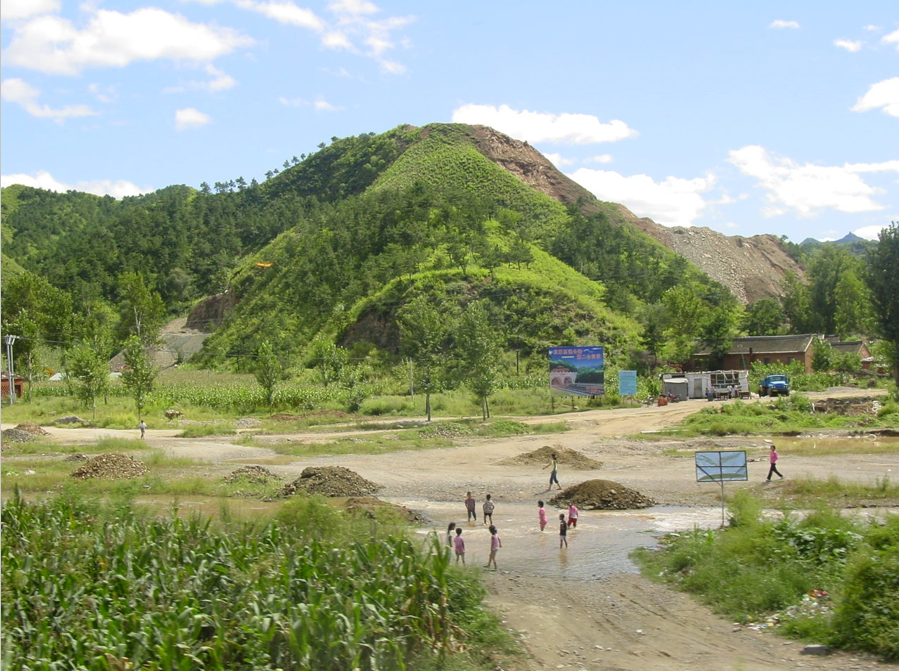Chaohe Basin in China
Water resources of Chaohe Basin in China

Distributed watershed models are increasingly being used to support decisions about alternative management strategies in the areas of land-use change, climate change, water allocation, and pollution control. For this reason, these models must pass through careful calibration and uncertainty analysis. In recent years, scientists have come up with various uncertainty analysis techniques for watershed models to fulfill this demand.
2) Uncertainty analysis techniques: Application to the Chaohe Basin in China
Distributed watershed models are increasingly being used to support decisions about alternative management strategies in the areas of land-use change, climate change, water allocation, and pollution control. For this reason, these models must pass through careful calibration and uncertainty analysis. In recent years, scientists have come up with various uncertainty analysis techniques for watershed models to fulfill this demand. To determine the differences and similarities of these techniques, we compared five uncertainty analysis procedures: Generalized Likelihood Uncertainty Estimation (GLUE), Parameter Solution (ParaSol), Sequential Uncertainty FItting algorithm (SUFI-2), and a Bayesian framework implemented using Markov chain Monte Carlo (MCMC) and Importance Sampling (IS) techniques. As these techniques are different in their philosophies and leave the user some freedom in formulating the generalized likelihood measure, objective function, or likelihood function, a literal comparison between these techniques is not possible. However, as there is a small spectrum of different applications in hydrology for the first three techniques, we made this choice according to their typical use in hydrology. In addition, we used a recently developed likelihood function for Bayesian inference that does not violate the statistical assumptions, namely a continuous-time autoregressive error model. We implemented all these techniques for the soil and water assessment tool (SWAT) and applied them to the Chaohe Basin in China. We compared the results concerning the posterior parameter distributions, performances of their best estimates, prediction uncertainty, conceptual bases, computational efficiency, and difficulty of implementation. The comparison results for these categories are listed, and the advantages and disadvantages are analyzed.
